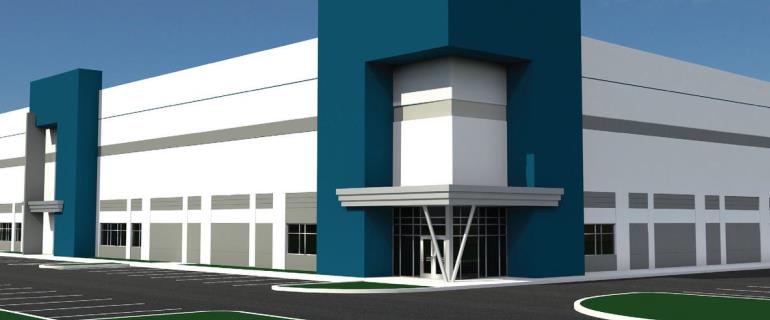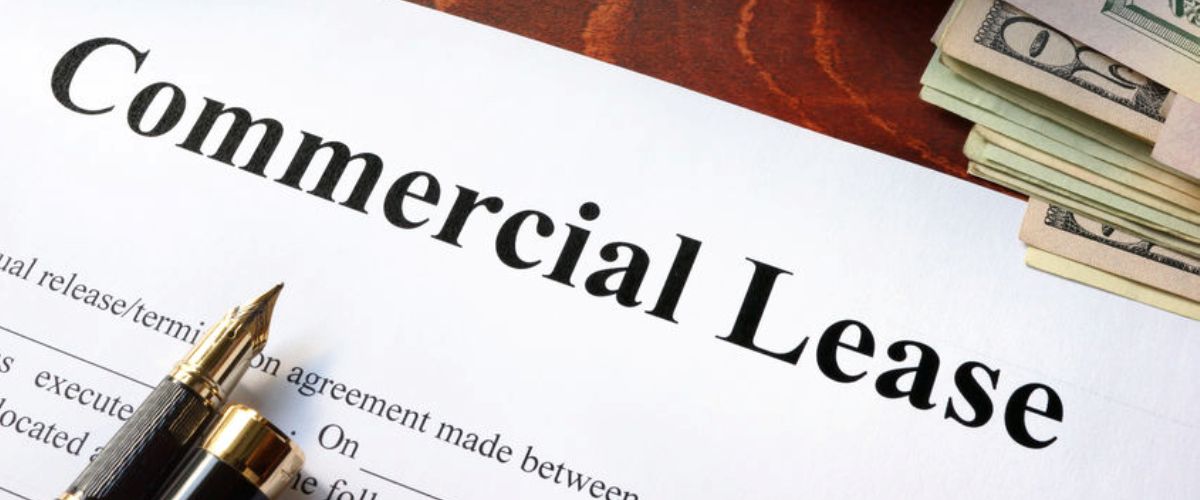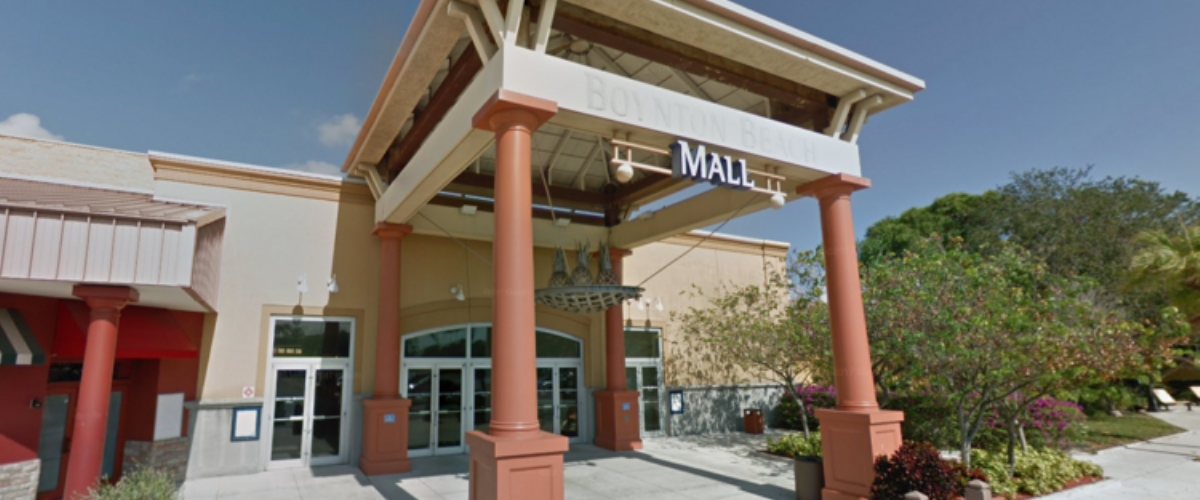The EB-5 immigrant investor program, which has been used to fund major development projects throughout the United States, has been limping along for the past few years, and some have even predicted its demise after rules were tightened last summer.
How might the program, which awards U.S. green cards and visas to foreigners who put a minimum of $900K into a U.S.-based project that creates or retains at least 10 U.S. jobs, fare under a Biden presidency vs. a second Trump administration? That’s a question on the minds of wealthy would-be immigrants, as well as U.S.-based developers happy to borrow money from them cheaply.
The answer, though, is fraught with politics.
“This program is an economic development program, but it’s painted with the brush of immigration,” said Aaron L. Grau, executive director of Invest in the USA, a trade group.
“Immigration is really not being touched, because it’s politically a time bomb,” said Ronald Fieldstone, a partner with the law firm Saul Ewing Arnstein & Lehr in Miami.
EB-5 has been pitched as a win-win-win-win program: the investor gets visas for him or herself and family members, plus his or her money back with a little interest; developers get access to cheap capital; and American workers are employed. An entire industry of EB-5 regional centers, which pool and loan out the investments and facilitate the visa process, sprang up as well.
While EB-5 was a lifeline of capital for developers when banks curtailed lending during and after the Great Recession, the program has been beset by ongoing allegations of fraud. It has been continually reauthorized by Congress, but only for short periods of time. It is currently reauthorized through Dec. 11, after which any new administration will likely re-examine it, potentially through a foreign investment lens.
Generally speaking, President Donald Trump has cut immigration to a trickle, though he’s spared people immigrating via EB-5. Former Vice President Joe Biden‘s platform is more open to immigration, but both politicians are wary of political backlash, Grau and Fieldstone said.
“The Obama administration was relatively neutral about EB-5,” Fieldstone said. “There are also other factors at play, such as who wins the Senate control of the Judiciary Committee, which oversees Homeland Security, which oversees USCIS,” the U.S. Citizenship and Immigration Services, which runs the EB-5 program.
Fieldstone said that legislators don’t always support EB-5 along party lines, but instead because of rural/urban concerns since most of the program dollars get invested in urban areas. Sen. Chuck Grassley of Iowa and Democratic Sen. Patrick Leahy from Vermont have led the charge calling for reform of the program to stem fraud and abuse.
“There’s a good chance one of them could come to chair the Senate Judiciary Committee and set the tone for EB-5’s future,” Fieldstone said.
Grau pointed out that significant changes were made to the program last year, most notably that the minimum investment went up from $500K to $900K.
But interest in the program has dropped precipitously since the coronavirus began, as stricter rules and additional factors have dampened enthusiasm. Sharing an analysis of USCIS data, Lee Y. Li, director of policy research and data analytics for IIUSA, noted that 4,285 EB-5 investors filed petitions for immigrating in the first half of fiscal year 2020, but most of those probably invested funds before the new regulations took place.
“And only 21 I-526 petitions were filed in Q2 FY 2020, when the new regulations fully went into effect,” Li said.
The USCIS website shows that more than 100 regional centers have closed this year. But developers would still love to have cheap EB-5 loans as part of their capital stack.
“Developers will still be interested in using EB-5 funds due to the extremely low rate of approximately 1%,” said J.C. de Ona, Southeast Florida Division president of Centennial Bank. “With banks lending more conservatively nowadays, EB-5 funds can be used to bridge the capital gap required by a senior lender. If done correctly, it can be a win-win for everyone.”
Going forward, Grau said that industry leaders would be happy to find common ground to assuage concerns about the program.
“Senior staff at USCIS, Sen. Grassley’s office, Sen. Leahy’s office, the Judiciary Committee staff on the House side all agree that any reauthorization of the program needs to include integrity measures,” Grau said. “There will be material changes regardless of who is president. Right now, the law does not require that annual reports be provided to investors. The devil is always in details, but the industry is behind integrity measures. There’s no requirement that there be third-party evaluations or audits. We support that.”
Families that pursued visas so that young people could attend college in the U.S. have been put off. In April, Trump issued a temporary ban on immigration that has since been extended through the end of 2020 (though it spared people using EB-5).
Rohit Kapuria, counsel in Saul’s Chicago office said. “There is a sentiment globally that the U.S. under this administration is not immigrant-friendly,” which has led to a drop in demand from would-be foreign investors.
The administration has fought legal battles over whether students stuck abroad during the pandemic would meet their visa requirements, and over wages for workers on H-1B visas. Furthermore, the State Department now recognizes Hong Kong as a part of mainland China, which will result in longer backlogs for applicants.
“It’s those types of restrictions under this administration that have had a very negative effect on EB-5, because the bottom line is: The U.S. is no longer an immigration-friendly jurisdiction,” Kapuria said. “So EB-5, by default, obviously, take the hits. Other countries are now capitalizing on investment-based immigration services, such as New Zealand, Portugal, Australia, Cyprus. These are all immigrant-friendly jurisdictions. In Canada, people are basically saying, ‘Why go to the U.S. if there’s a certainty of more anti-immigrant flavor?’ They’d rather go elsewhere. That’s been something that we are concerned about, at least in the immigration world. What would happen if we have four more years?”
“For now, the focus of the market will be on who wins the general election, as investors try to price in risk under each possible administration,” Fieldstone said. “No. 1, getting the election over is good. It doesn’t matter who wins. It’s good to get the election over so the uncertainties in positions taken by the politicians and the parties will become much more clear.”
Source: Bisnow













